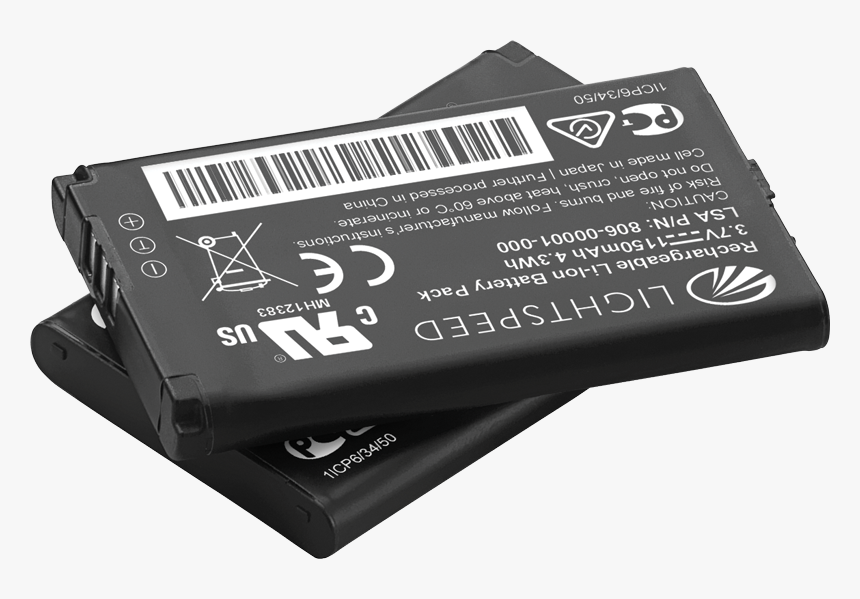Instead of discarding mobile batteries after two or three years, it may be feasible to recycle them with the help of a nanomaterial innovation created by engineers at RMIT University, extending their lifespan up to three times longer than current technology. The team thinks that by using high-frequency sound waves to eliminate rust that impairs performance, we could have recyclable batteries that last for up to nine years. In Australia, only 10% of spent portable batteries are now collected for recycling; the other 90% either end up in landfills or are improperly disposed of. The high cost of getting lithium and other metals out of batteries is a big problem, but the team’s idea is meant to get rid of it.
The team is experimenting with MXene, a nanomaterial with a high electrical conductivity that has great possibilities for lithium batteries. MXene is similar to graphene.
Leslie Yeo, Distinguished Professor of Chemical Engineering and senior researcher, said: “Unlike graphene, MXenes are extremely tailorable and open up a new range of prospective technological uses in the future.” The problem with MXene was that it rusted easily, which stopped it from conducting electricity and made it useless. In order to solve this difficulty, Yeo stated, “We found that sound waves at a particular frequency eliminate rust from MXene, nearly returning it to its former state.”
This new idea could eventually be used to refresh MXene batteries every few years, doubling or tripling their lifespan. To ensure that MXene has the potential to be used for commercially viable electronic devices, Yeo said it is essential to find ways to extend its shelf life.
How does the team’s novel use of nanomaterials function?
Rust that develops on MXene’s surface in humid environments or when floating in watery solutions is the biggest problem with using it. “Surface oxide, which is rust, is difficult to remove, especially on this material, which is much, much thinner than a human hair. Current oxidation reduction techniques rely on the substance’s chemical coating, which restricts the use of MXene in its natural state.In this study, we demonstrate that one minute of exposure to high-frequency vibrations may completely eliminate the rust from an oxidised MXene sheet. Its electrical and electrochemical capabilities can be restored using this straightforward process.” says co-lead author Mr. Hossein Alijani, a PhD candidate at RMIT’s School of Engineering.
What possible applications are there for the work?
By getting rid of the rust on Mxene, the nanomaterial can be applied in a variety of fields, such as energy storage, sensors, wireless transmission, and environmental cleanup. In terms of the circular economy, the capacity to return oxidized materials to a nearly pristine state is revolutionary. According to Associate Professor Amgad Rezk, one of the principal senior researchers from RMIT’s School of Engineering, “Materials used in electronics, including batteries, generally suffer deterioration after two or three years of use due to rust forming. With our approach, we could potentially triple the lifetime of battery components.”
The nanomaterial requires additional research.
Even though the idea is interesting, the team must work with industry to integrate its acoustic device into current manufacturing systems and processes. They are also looking into how to use their new idea to get rid of oxide coatings on other materials, which could be used in sensing and renewable energy. “We are eager to work with business partners so that our rust removal process may be scaled up” Yeo added.
Published in Nature Communications, the study is titled “Recovery of oxidized two-dimensional MXenes through high frequency nanoscale electromechanical vibration.”



Leave A Comment